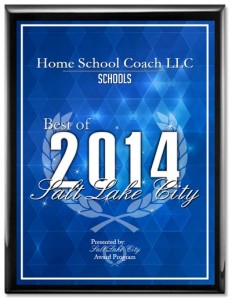I have 1 more question about the spark system. I know it is not supposed to be complicated, but I just want to make it as you would do it. So if I understand well, I receive your package (Rockin Spark Station Idea Packet) (for example) study it and choose what I want to do right? Then, I prepare the stuff and put everything together in a basket. Then, at the day planned to be the spark system day, I show the basket to the kids.
Here is my question:
Do I teach them something or I wait for them to ask questions? Do I lead them to do a specific experience or activity (as suggested in your PDF) or I let them do whatever they imagine with the stuff I put into the basket?
Thanks a lot!!!!!
Melanie
Hi Melanie,
Great question! In order to answer it we will need to return to some of the basic concepts of the Spark Station.
The Spark Station is a space that is only available at certain times and the parent is always present. (It can be a basket, drawer,cupboard, rubber container, shelf, etc.) It is designed to give your child a number of play and learning options to choose from. The learning here is generally child directed depending on the age of the child. They choose what they would like to engage in. Your input is accomplished by what you choose to put into the Spark Station.
The keys to making it all work are:
1. Structure some time for the Spark Station and then be consistent in using it.
2. Stay PRESENT with your children for whatever amount of time you have allotted to your Spark Station.
3. Make it special by only using the Spark Station only at specified times when you are available and present.
4. Keep it simple. The contents aren’t as important as you being with your children. Keep the contents manageable and they will stay magical.
5. Do some regular planning. Spend time observing your children. What are they interested in? What could you put into the Spark Station that would be exciting to them? Do this thinking and planning as you live your regular life.
What is in the Spark Station:
In the Spark Station you will have some items that remain static for weeks or months at a time. These can include things like dress ups, magnets, an old typewriter, blocks, play dough, microscope, magnifying glass, etc. These items are changed out as you see that they are being used less. They usually return again in a few months.
These static items are joined by projects and books that compliment what you are doing in any curriculum you have chosen or if you are using the Rockin Spark Station packets. You will also add things that your children have expressed current interest in.
For example my daughter has chosen to use a Science curriculum this year. She teaches out of that particular
curriculum once a month for a week. During that week, as well as the following week, there will be activities, games, field trip coupons, etc that extend what was taught in the science curriculum.
When we are using one of the Rockin Spark Station Packets we pick activities, games and crafts that interest the children and put those in the Spark station.
We watch the children to see what they are interested in. When Jack was in love with elephants we had crafts and books on elephants in the Spark station.
To summarize:
- Remember the Five key rules.
- In your Spark Station have some static play and learning items.
- You may have activities and crafts to compliment a curriculum you are using.
- You may choose some ideas and activities from any of the Rockin Spark Station Packets.
- You will always have items and books on things that your children are currently interested in.
Do I teach them something or do I wait for them to ask questions?
It is important to remember that the Spark Station is a time when children are free to choose what they want to engage with. So generally you do not choose for them. (There is a note below about very young children) Your input comes through what you put into the Spark Station.
If you are using a Rockin Spark Station Packets remember that you can let your children who can read help you choose the activities that appeal to them most right no. If they cannot read then you choose what you want to use out of the packet.
You can have a mom’s choice day. The Traveling Spark Station was all about grandma choosing what we were going to learn that day. I would pick the topic and then I had 3-4 different options they could do. There would be a book, a craft, maybe a food to make and possibly a walk or short field trip. The children LOVED it. But it happened once a week. The rest of the week when it was time for the Spark Station it was opened and they could choose what to do.
The ages of children do make a difference in how you use the Spark Station. When all of the children are under 7 it is sometimes necessary to all do the same thing at the same time. These ages are not usually very well equipped to each choose something different and manage without help. So in the case of my daughter, for example, they have “It’s Kid of the Day”. That child gets to decide what activity in the Spark Station they will do on their day.
When you open the Spark Station let the children look at what is there. If they are small help them choose something. Give directions because that is what small children need. Read to them; help with a project, play.
With older children let them get something out. Let them look it over. They may ask, “What is this for or what do we do with this”. Give a short and to the point answer and then wait until they ask something else. If they don’t ask for help, don’t give it. They may have a few disasters but this helps them learn to ask for help and to read directions. Help everyone stay safe!
To summarize:
- Remember the Five key rules.
- In your Spark Station have some static play and learning items.
- You may have activities and crafts to compliment a curriculum you are using.
- You may choose some ideas and activities from any of the Rockin Spark Station Packets.
- You will always have items and books on things that your children are currently interested in.
- Your children choose to engage with what appeals to them most.
- You can have a mom’s choice day where you choose and you teach.
- You may have to have only one activity chosen per day depending on the ages of your children and your family’s circumstances.
- Let older children explore on their own and ask questions or for help when they need it.
What if you have a baby or a toddler?
If you have a child under 2 then that adds some complication to the mix. They do get in the way. They do tear things and grab at things and scream when they can’t have what they want. It can be distressing to try and do projects with your other children when you have a toddler or baby on board. Just remember that babies and toddlers grow up and it will get easier!
What if today was a disaster?
You may have a wonderful activity that just fits in with something that you are learning about in your family and your child may decide to play dress ups or color instead. Don’t get discouraged because they may choose to do the activity tomorrow. The idea here is to inspire but not require that they engage with any specific thing.
I have been helping my daughter with her Spark Station. They are learning what science is and what a scientist does. They are also learning about the creation and that Heavenly Father is a scientist. So I put a number of activities in the Spark Station that would extend this learning. Yesterday they were so excited to make an earth out of Rice Krispy treats. A really cool project.
Today Jack, who is 5, said the Spark Station was boring and walked away. That’s how it goes. Some days are a hit and some aren’t.
It won’t really matter to you if you remember one key thing – the Spark station is a great learning tool but its main objective is to help mom’s and dad be PRESENT with their kids and connect in a meaningful way. So if no one wants to engage with anything in the Spark Station today or if your kids are falling apart or if you are… sit down and read to your kids or take a nap! : )
Every Family is Different. Don’t be afraid to re-tool!
As you can see, even though there are specific rules for the Spark Station, they will be implemented in different ways by different families. If something isn’t working step back, take a good look at it and see how you can adjust it so it works better.
Let me share a real life example of what I mean.
My daughter Jodie has four small children ages 7, 5, 3, and 18 months. The seven year old has severe cerebral palsy.
Jack, who is five, is out of his mind wanting to go to “real” kindergarten. After many conversations about why he wants to go to public school it became clear – he wants a teacher and he doesn’t want it to be his mom, period!
As I mentioned, I helped put their Spark Station together. I picked some great static items: sewing cards, a bin of color books and new crayons, magnets, sugar shaker and toothpicks (very cool to drop the toothpicks through the shaker holes), dry erase boards, games and books, colored pencils and note books.
Then there were a half dozen special projects to go with what they are learning in their science curriculum: a home made book to color, great books about scientists and science from the library, a mobile to make, and a related baking project.
On Monday evening for a family activity, not connected to the Spark Station, Jodie, on the sly, took out a project to make earth spheres out of rice Krispy treats. The kids LOVED it! A huge hit and very fun, as well as tasty. They talked about how the earth was created and how scientists learn more and more about it. Jack was all over that information.
On Tuesday they had their first official day of “school”. Because they are so young and Maggie needs so much help, their school is the Spark Station. When school begins the Spark Station is opened and they are free to explore the contents for however long the attention span lasts. This can be from 20 minutes to a couple of hours.
Now remember that Jack has insisted on going to “real kindergarten” for a couple of months and that he is determined that his mom is not his “real teacher”. They gathered in the school room and the Spark Station was opened with all of its great contents. Jack took one look, realized that this was school and said, “Mom, your school is boring! I’m going to cancel your school.” That was it, he wasn’t going to participate at all. It was downhill from there. Jodie reported to me later that it was a disaster of a day.
So she looked at the situation and re-tooled. Today, Wednesday, she took all of the special projects out of the Spark Station. No “real school” here. When the spark station was opened the little kids got all excited about the static items they found and started playing. Jack said, “Mom I want to learn about knives.”
So Jodie got a few knives, a tomato and some potatoes. They spent the next while learning about serration, sharp edges, the value of knives, how they are used. etc. She also held up each knife and asked the children what they “observed”. They learned that that is how scientists learn about things, they observe and ask questions. This was the topic of the first science lesson: observation. Fabulous day. Sneaky mom!! The other great projects will be used in family activities, not in school. Oh yes, she does have some ideas up her sleeve to get Jack his “not a mom” teacher. Yup, it is me. I will have Jack’s Kindergarten twice a week for 30 minutes or so until his feelings shift.
When you think about using the Spark Station just start somewhere. Then do not get discouraged if it doesn’t work out exactly as I have laid it out. Just carefully look at your situation and then re-tool.
Remember that over my years of experience and the experience of many parents what you learn is that the contents don’t matter as much as your presence and if today is terrible, tomorrow will be better.
If you like this post, please share it with your community by using one of the social share buttons.
.
Possibly Related Posts:
- Make it Special – Chores and Family Work
- Make It Special – A Spark Station Success Tip and Life Principle
- What Does it mean to have Our Ducks in a Row
- Using the Spark Station More Effectivly
- The Power of Focus ie. Being Present
{ 0 comments }
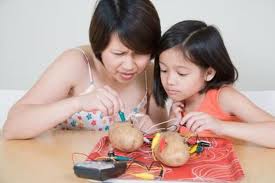
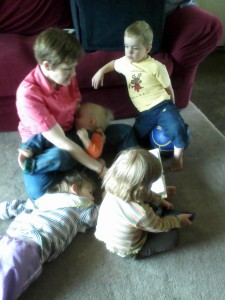

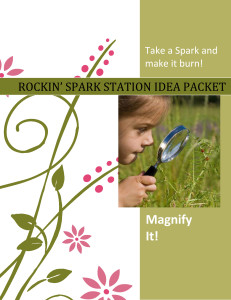
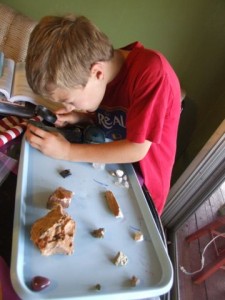
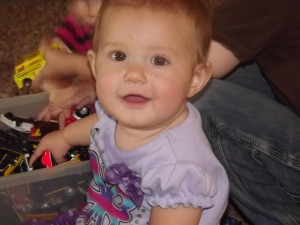
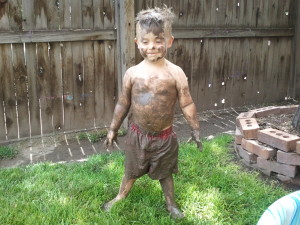
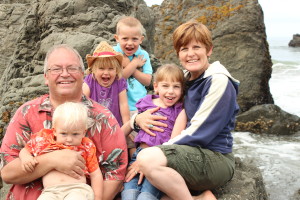

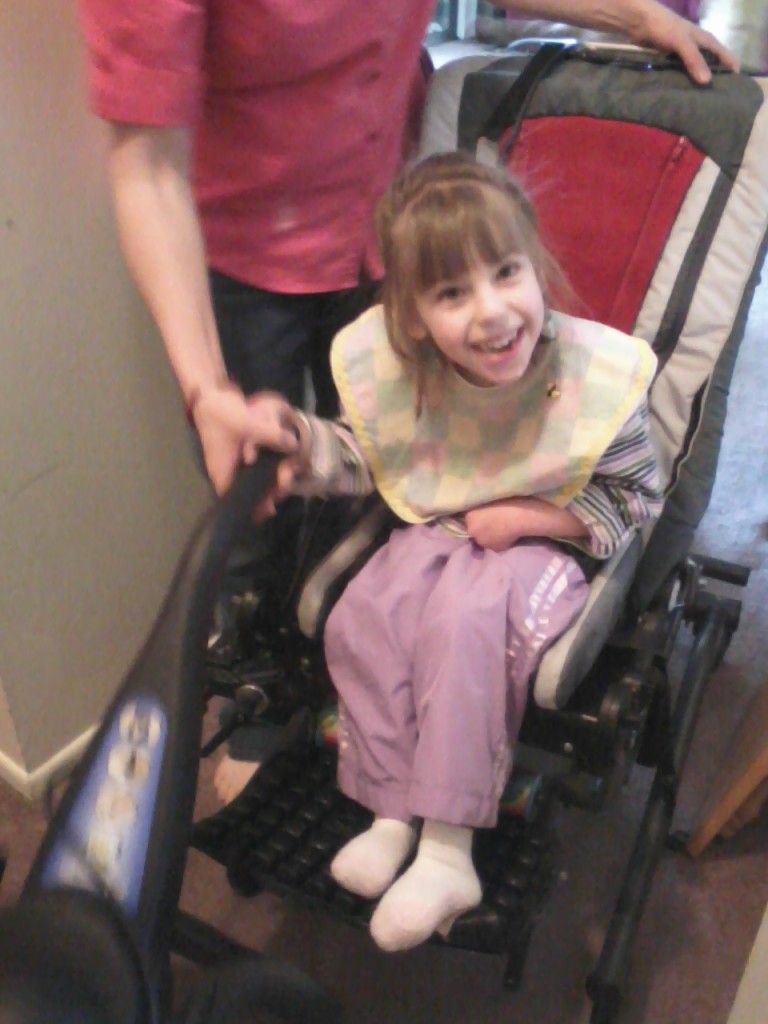
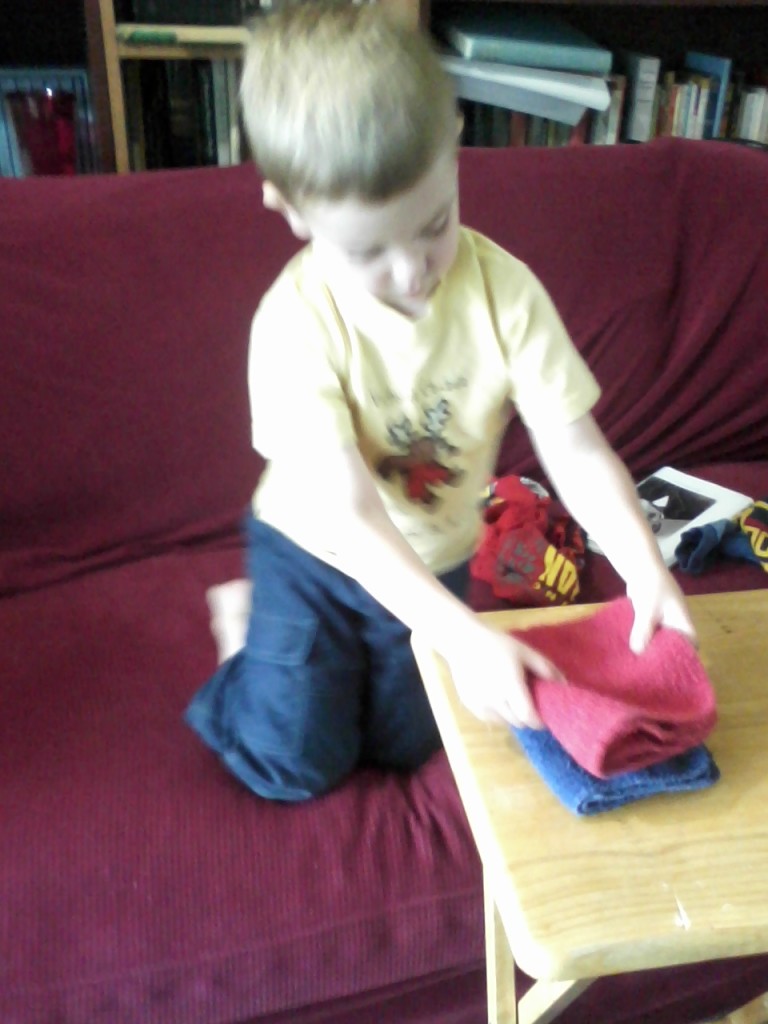
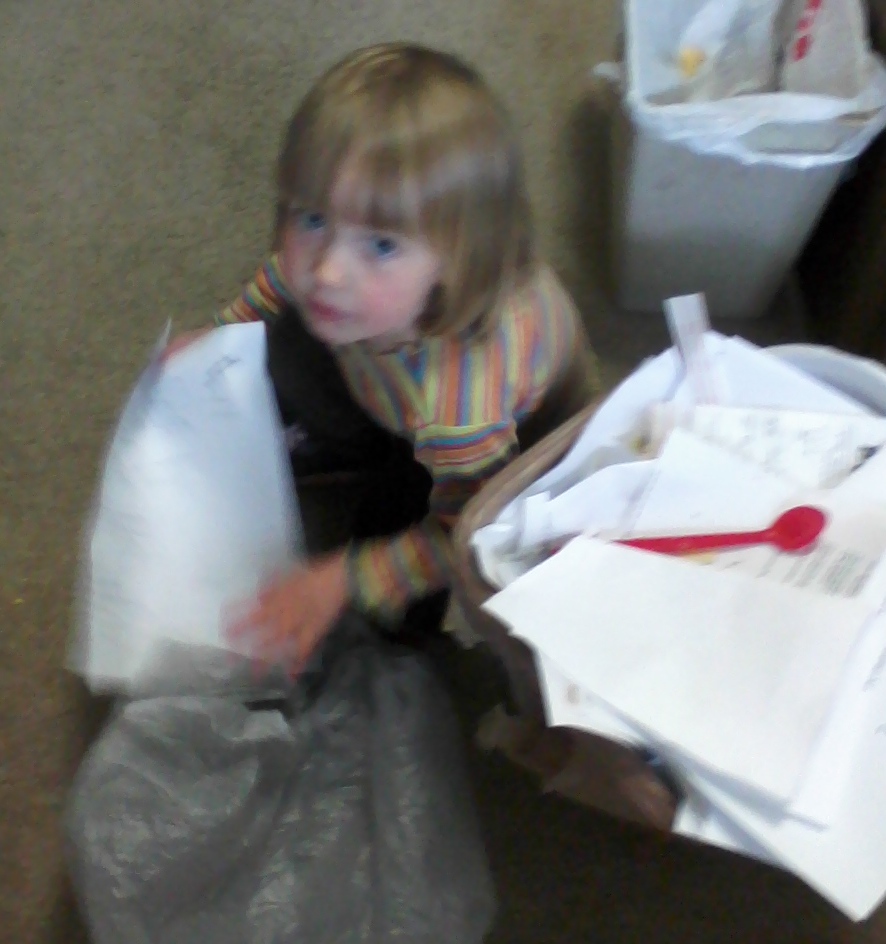
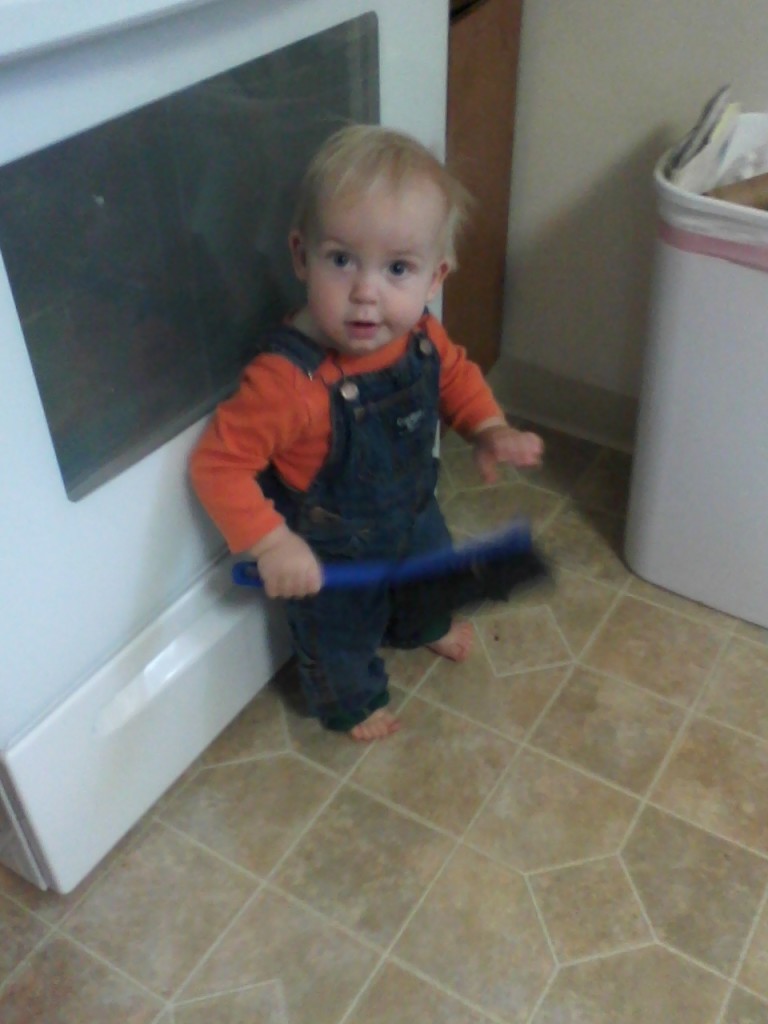
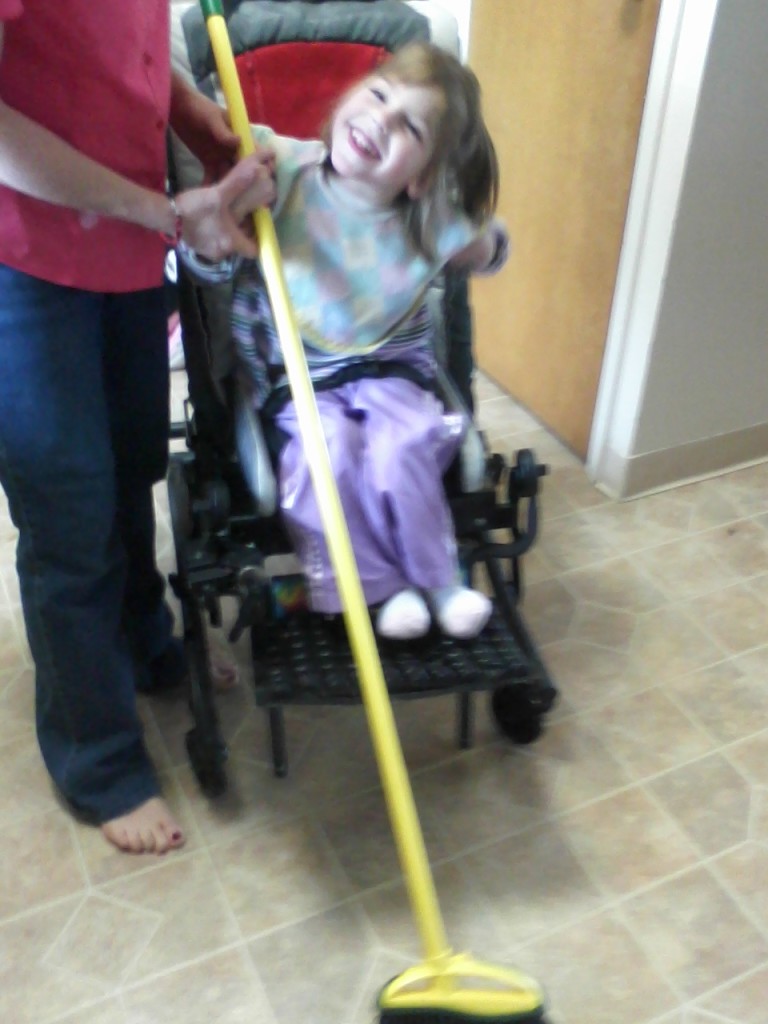
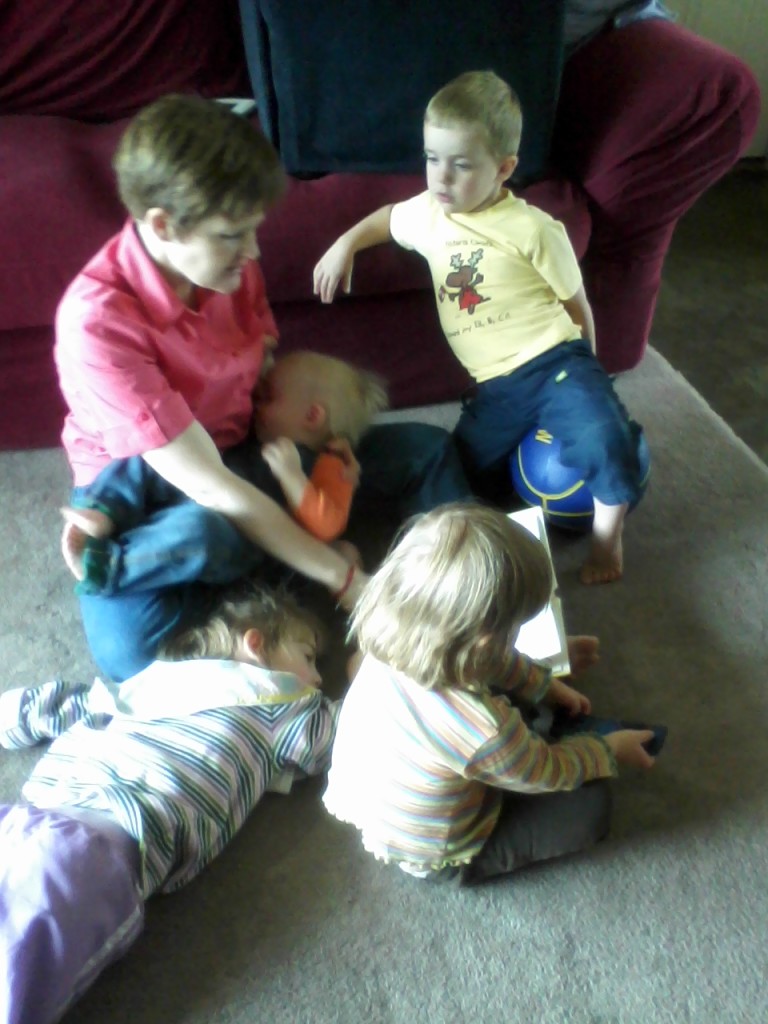
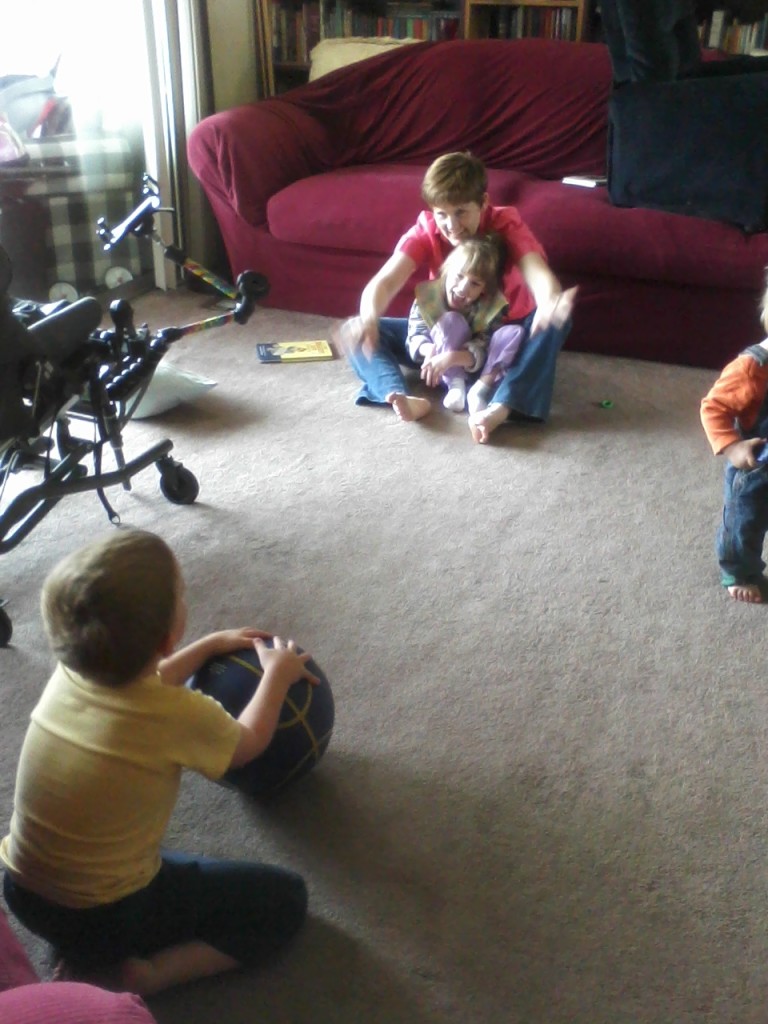
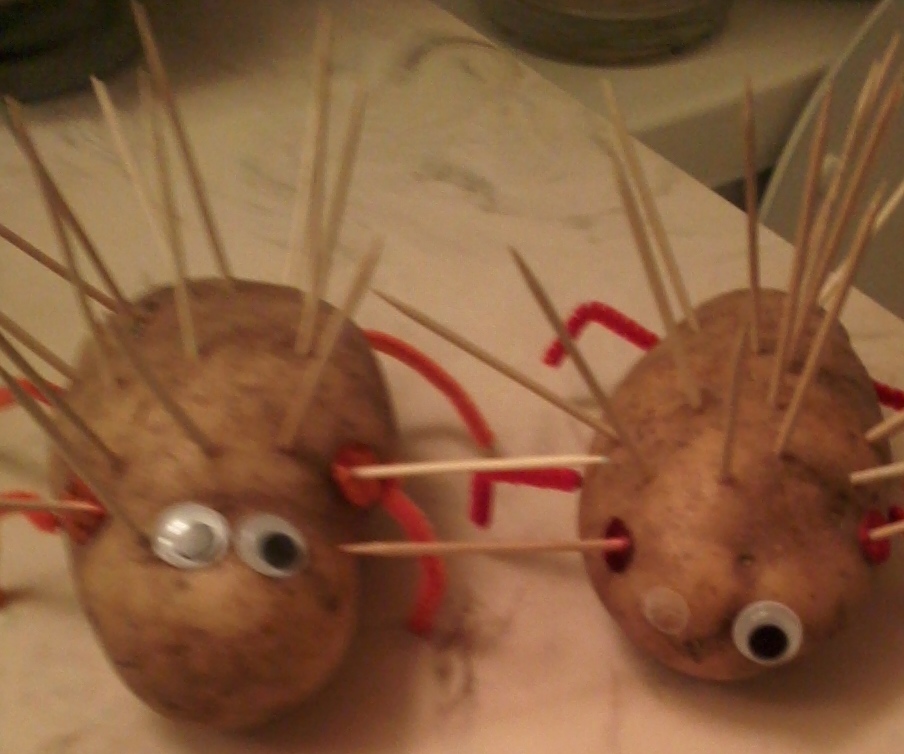

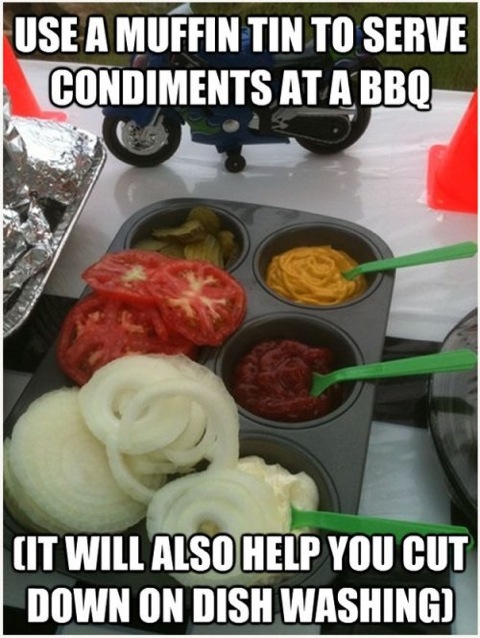
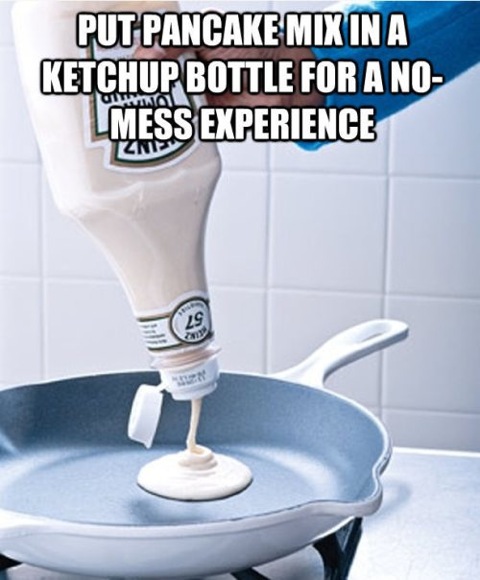
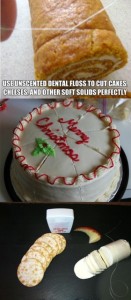 I have been using this trick for over forty years. I have used it in my cake decorating and gingerbread making forever. It works!! Love that dental floss or thread.
I have been using this trick for over forty years. I have used it in my cake decorating and gingerbread making forever. It works!! Love that dental floss or thread.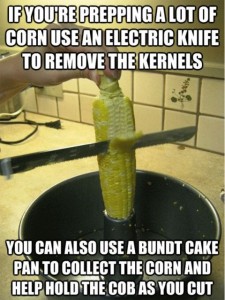 did well over 1300 quarts. Wish I had done a bit of out of the box thinking then because canning corn is totally MESSY! This is such a fun idea and I bet it would have made my boys really happy to help.
did well over 1300 quarts. Wish I had done a bit of out of the box thinking then because canning corn is totally MESSY! This is such a fun idea and I bet it would have made my boys really happy to help.



